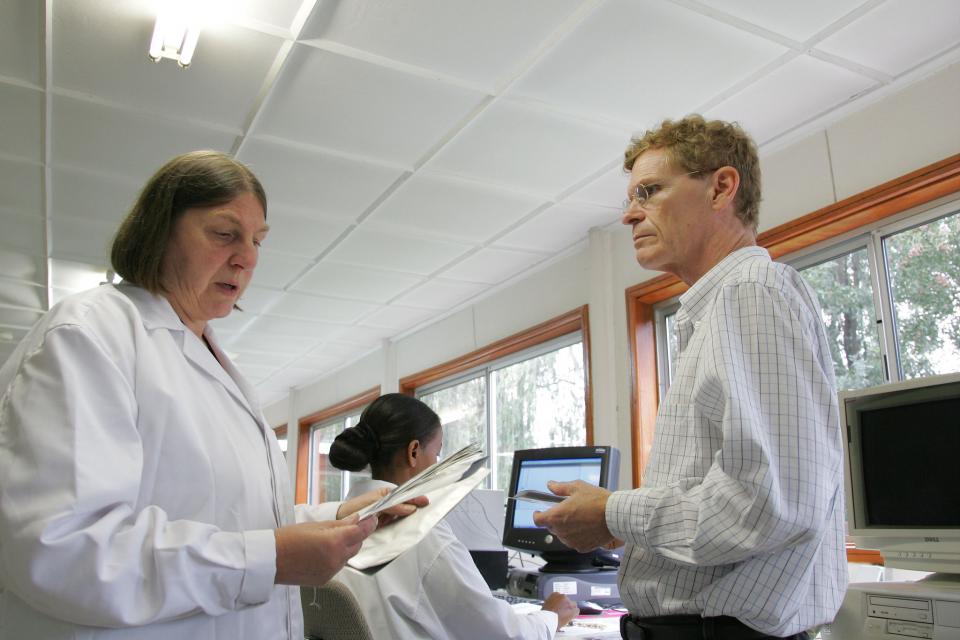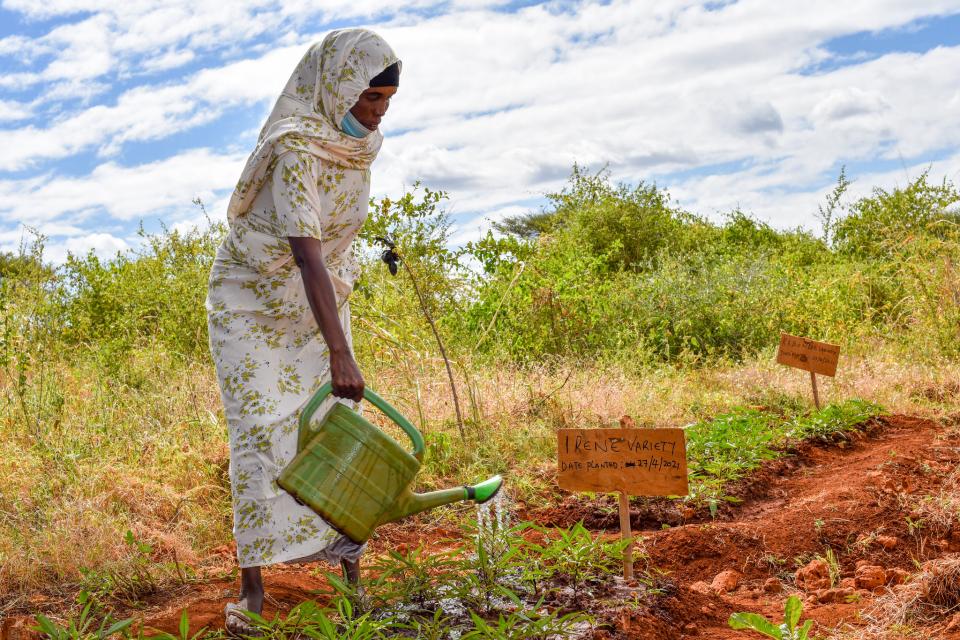Working with women’s groups to improve nutrition in India
 Photo: S.Quinn/CIP
Photo: S.Quinn/CIP
A comprehensive literature review summarises what is known about the implementation and effectiveness of women’s groups in improving nutrition outcomes, and highlights key areas that the next generation of studies could focus on, both from implementation and evaluation standpoints. Women’s groups are undoubtedly widespread; our focus now should be on building robust evidence on how to actualise their substantial potential.
The slow improvement in the nutritional status of women and children in India over the past few decades has received considerable national and global attention. Recently released data from 22 states and union territories shows alarming increases in some aspects of malnutrition, including child stunting (IIPS/ICF 2020). Efforts to meet sustainable development goals (SDGs) targets by 2030 must focus on identifying and adopting at-scale, targeted, and proven interventions. The problem is, by definition, complex; nutritional status is the result of a host of interconnected basic, underlying, and immediate factors (UNICEF 1990). Accordingly, interventions that can
simultaneously target several of these factors could prove more effective (Ruel et al 2013).


